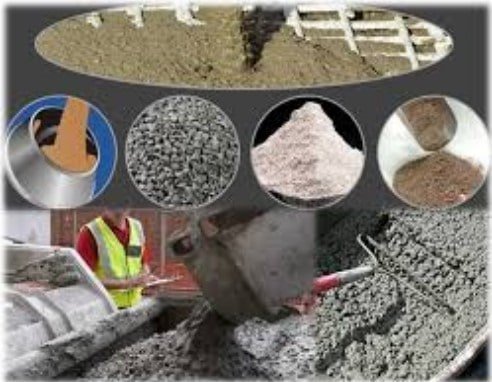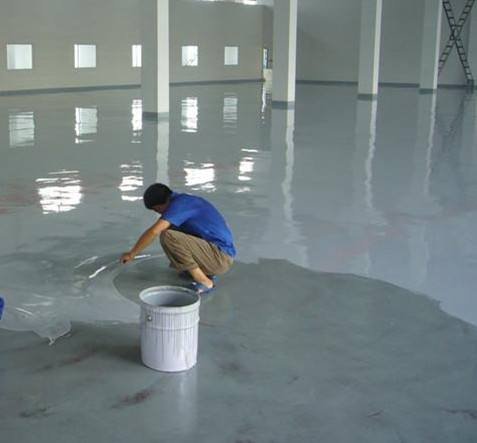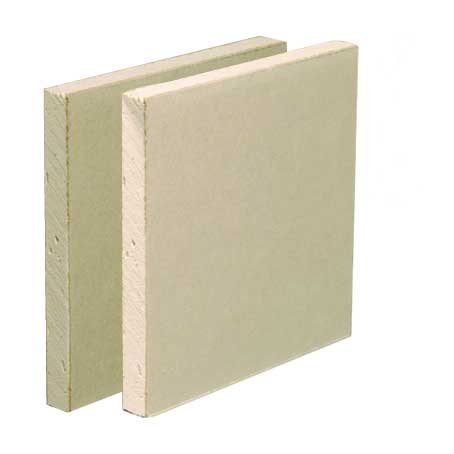Silica fume, or microsilica, presents an important by-product produced during the manufacturing process of ferrosilicon and silicon metal alloys. The compound finds wide uses in concrete and provides important benefits for the marine, building construction, and oil and gas industries around the world.
At HSA, the leading provider of silica fume in China, we know all the ins and outs of silica fume applications. Today, we are going to take a close look at the advantages and disadvantages of silica fume when added to concrete.
What is Silica Fume?
Before diving into the advantages and disadvantages of silica fume in concrete, let’s have a brief review of what silica fume is.
Silica fume or microsilica is a pozzolanic material that resembles fly ashes or Portland cement in appearance. Silica fume itself consists of non-crystalline or amorphous Silicon Dioxide (SiO2), with particles that are 100 times smaller than a standard cement particle.This means that silica fume particles measure less than 1 micron in diameter and make up a superfine powder with a density of 2.2 g/cm3.
Silica fume can be categorized into densified and undensified silica fume:
·– Undensified silica fume posessesbulk density of 200-350 kg/m3.
·– Densified silica fume has a bulk density of 380-750 kg/m3.
When one needs to modify or enhance the natural properties of concrete, silica fume can be added to the solution during batching, enhancing the strength and durability of the material.
Why is Silica Fume Important?
The fine silica fume powder is one of the key materials used in the manufacture of refractories and concrete. When added to concrete, silica fume is able to augment its mechanical properties and achieve better corrosive strength, increased sulphate resistance, and superior abrasion resistance. In addition, using silica fume in concrete helps to reduce the permeability of the mixture and improve its durability.
Silica fume presents a truly versatile material that is used to produce virtually all grades of concrete. It can also be used to improve the strength and high-temperature performance of refractories and finds applications in the rubber and water glass industries.
How is Silica Fume Used in Concrete?
In order to better understand the advantages and disadvantages of silica fume, it is important to know what chemical reactions occur once silica fume is added to concrete.
When added to concrete, silica fume initially remains inert. Then, once the water starts reacting with portland cement in the mixture (hydrating), the primary chemical reaction produces two important chemical compounds:
·.Calcium Silicate Hydrate (CSH), the crystalline compound responsible for the material’s strength
·.Calcium Hydroxide (CH), a by-product that acts as a filler and lines pores within the concrete
Next, a pozzolanic reaction occurs between Calcium Hydroxide and silica fume, producing additional Calcium Silicate Hydrate compounds that fill up the voids around the hydrated particles of cement. These additional CSH compounds provide concrete with a denser matrix in areas that would have otherwise remained as small voids subject to potential ingress. As such, concrete develops improved flexural, compressive, and bond-strength properties.
Important Advantages of Silica Fume
Due to its properties, silica fume is widely used around the world where increased strength and durability of concrete are required. Silica fume is available from suppliers like Henan Superior Abrasives Import & Export Co., Ltd and can be easily added during the concrete production process to improve the characteristics of both fresh and hard concrete.
Here are some important advantages of silica fume that are responsible for its wide use in the construction and concrete industry:
1. Very Stable Chemical and Physical Properties
Silica fume serves as a neutral filler with incredibly stable properties, both chemical and physical. It does not contain crystalline water, does not take part in the curing reaction, and does not impact the reaction process in any way.
2. Increased Thermal Conductivity
Not only can silica fume increase thermal conductivity, but it can also improve flame retardancy and change the adhesive velocity.
3. Good Adsorption Performance
Silica fume has a good adsorption performance, as well as good infiltration for various types of resin. In addition, it is easy to mix with no agglomeration phenomenon.
4. Reduced Precipitation and Stratification
Due to its reasonable distribution and fine grain size, silica fume can effectively eliminate stratification and reduce precipitation.
5. Improved Strength
The reasonable size distribution of silica fume ensures good hardness, strong densification, and great wear resistance. Adding silica fume to concrete can improve the wear resistance, compressive strength, and tensile strength of cured products. In addition, the abrasion resistance can be increased by 0.5-2.5 times.
6. Improved Insulation
Silica fume presents pure silicon powder with a low amount of impurities. As such, it possesses stable chemical and physical properties that ensure good arc resistance and insulation of the curing material.
7. Reduced Overall Costs
The bulk density of silica fume ranges between 0.2 and 0.8 or 1.0 and 2.2. When used as polymer filling material, microsilica can reduce the total cost of the product by saving the amount of polymer and minimizing the amount of loading.
8. Improved Corrosion Resistance
Silica fume is composed of silica, or SiO2, which is an inert material. This means that silica fume doesn’t react with most alkaloids or acids, and the silicon powder is evenly distributed over the surface of objects. As such, silica fume contributes to improved cavitation and corrosion resistance by 3 to 16 times.
9. Shortened Induction Period
Adding silica fume to concrete can shorten the induction period and provide early strength.
10. Crack Prevention
Silica fume can reduce the peak temperature achieved during the curing reaction of epoxy resin. In addition, it reduces the shrinkage rate and linear expansion coefficient in solidified concrete, thus reducing the internal stress and preventing cracking.
11. Improved Frost Resistance
The relative elastic modulus of microsilica is only 10 to 20 percent after 300-500 freeze-thaw cycles. At the same time, the average elastic modulus of usual concrete is 30 to 73 percent after 25-50 cycles. As such, adding microsilica to concrete can significantly improve its frost resistance.
Disadvantages of Silica Fume in Concrete
While microsilica, undoubtedly, offers a broad range of advantages when added to concrete, it does come with certain drawbacks:
1. Difficulty of Construction
The workability of concrete is an important parameter to consider when designing the proportions for a specific concrete mixture. For example, adding excessive amounts of silica fume powder will reduce the material constructability and cause the concrete to become more compacted. It would be more difficult to plaster concrete or make it close-grained, negatively affecting the concrete quality, its smoothness, and uniformity of the surface.
2. Dry Shrinkage
As compared to regular concrete, the shrinkage rate of silica fume concrete is notably higher, especially the early dry shrinkage. This can be explained by the fact that the filling effect of silica fume leads to decreased moisture content within the concrete, which, in turn, leads to dry shrinkage cracks. This affects the overall strength of the product and limits the potential applications.
In addition, when the external temperature is high, the surface water evaporation increases beyond the bleeding rate, causing dry shrinkage cracks to appear on the surface. Luckily, the issue can be alleviated by focusing on concrete maintenance after construction, such as using strengthening water and sprinkler procedures.
3. Temperature Cracks
Microsilica concrete is also more likely to produce temperature cracks. While the early strength develops quickly with the addition of silica fume powder, the corresponding heat from concrete hydration dissipates quickly, leading to an increase in concrete temperature. This, in turn, places high-temperature stress on the material, which concentrates on the top of the dry shrinkage cracks. This could make these cracks extend deeper, leading to the formation of transfixion cracks.
4. High Price
The price of microsilica is relatively high, when compared to fly ash or cement. While the use of silica fume does increase upfront expenses, the better performance of silica fume cement will offset the costs in the long-term.
Shop for High-Quality Silica Fume at HSA
While the use of silica fume comes with both advantages and disadvantages, the powder presents an important component that finds wide applications in the construction, marine, and oil and gas fields all around the globe.
To take advantage of the improved concrete qualities associated with the use of microsilica, while also minimizing the potential challenges, it is important to choose a trusted silica fume supplier, such as Henan Superior Abrasives Import & Export Co., Ltd. Shop our high-quality silica fume products today.




